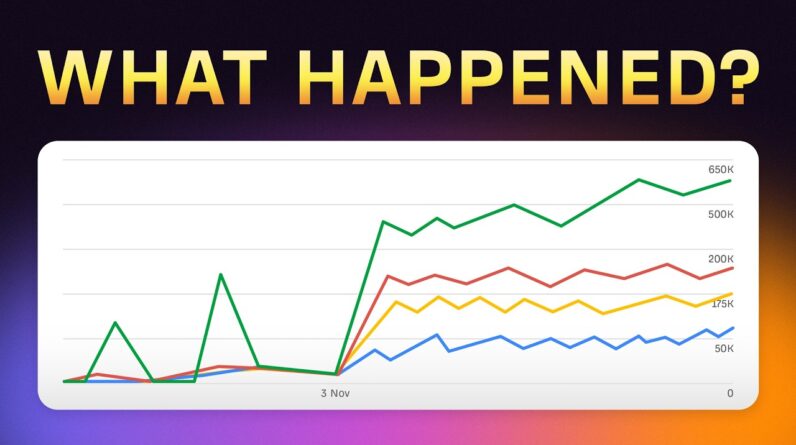
In his blog post, he delves into the question: Should open graph meta tags be added to every page?
Should You Add Open Graph Meta Tags to Every Page?
Introduction
In the vast world of digital marketing, the importance of optimizing your website for search engines cannot be overstated. One crucial aspect of this optimization is ensuring that your website’s content is easily shareable on social media platforms. One way to achieve this is by adding Open Graph meta tags to every page of your website. But the question remains: is it really necessary to add these tags to every single page? Let’s delve deeper into this topic and find out the answer!
What are Open Graph Meta Tags?
Open Graph meta tags are snippets of code that allow you to control how your content appears when shared on social media platforms like Facebook, Twitter, and LinkedIn. These tags are included in the head tag of your website’s HTML code and provide structured information to these platforms about the content being shared.
Importance of Open Graph Meta Tags
-
Enhanced Visibility: By adding Open Graph meta tags to your website, you can enhance the visibility of your shared content on social media platforms.
-
Improved Presentation: These tags ensure that your shared links appear more attractive and informative, thus increasing the likelihood of users clicking on them.
-
Structured Information: Open Graph meta tags provide social platforms with specific information about your content, such as the title, description, and image, making the shared post more engaging.
Should You Add Them to Every Page?
The question of whether you should add Open Graph meta tags to every page boils down to the nature of your website and your marketing goals. Here are some factors to consider:
-
Content Type: If your website contains a mix of content types, such as articles, products, and blog posts, adding Open Graph meta tags to every page can ensure consistency in how your content appears when shared.
-
Social Sharing Goals: If you want to increase social media engagement and drive traffic to your website, adding these tags to every page can be a strategic move.
-
Automation Tools: Certain automation tools can automatically apply Open Graph meta tags to your website’s pages, saving you time and effort in the process.
-
SEO Benefits: While Open Graph meta tags are primarily geared towards social sharing, they can also indirectly benefit your website’s SEO by improving click-through rates from social platforms.
-
User Experience: Ensuring a cohesive and professional appearance of your shared links can enhance the user experience and leave a positive impression on visitors.
Conclusion
In conclusion, adding Open Graph meta tags to every page of your website can be a valuable strategy to boost social sharing and enhance the visibility of your content. While it may require some initial effort, the long-term benefits in terms of increased engagement and improved presentation make it a worthwhile investment for digital marketers.
FAQs
-
Do Open Graph meta tags impact my website’s SEO performance?
-
Can I customize the Open Graph meta tags for each page on my website?
-
Are there any free tools available to help me add Open Graph meta tags to my website?
-
What happens if I don’t include Open Graph meta tags on my web pages?
-
Do Open Graph meta tags work on all social media platforms, or are they specific to certain ones?






